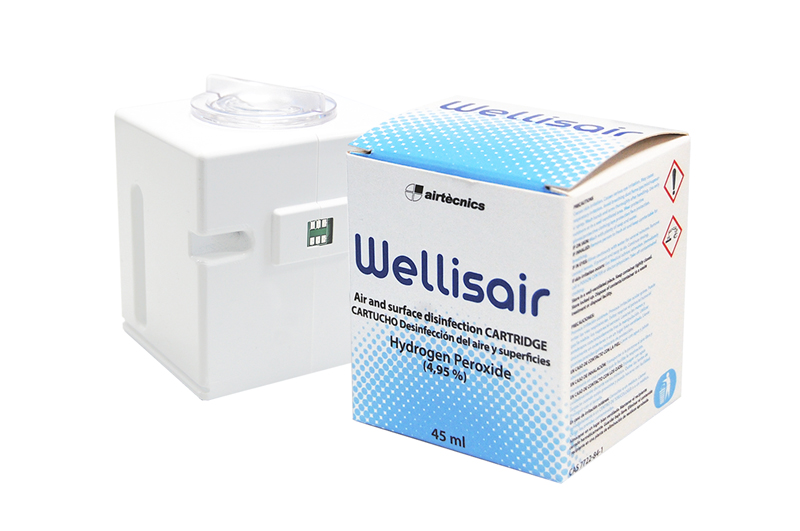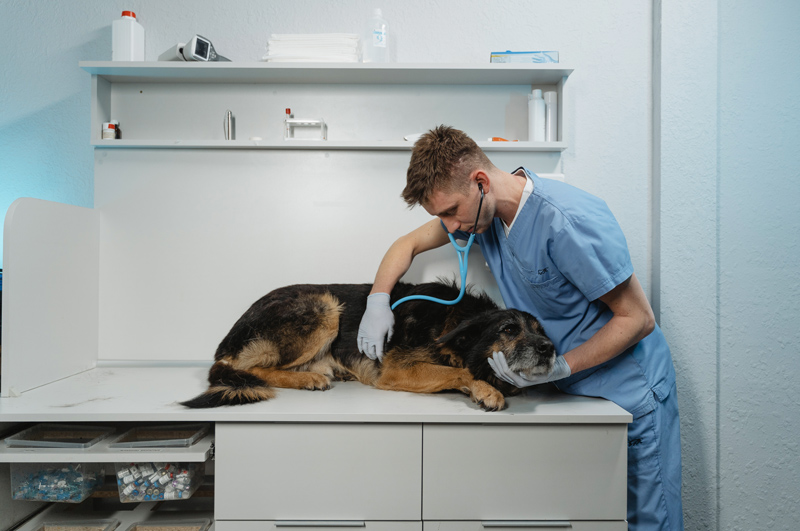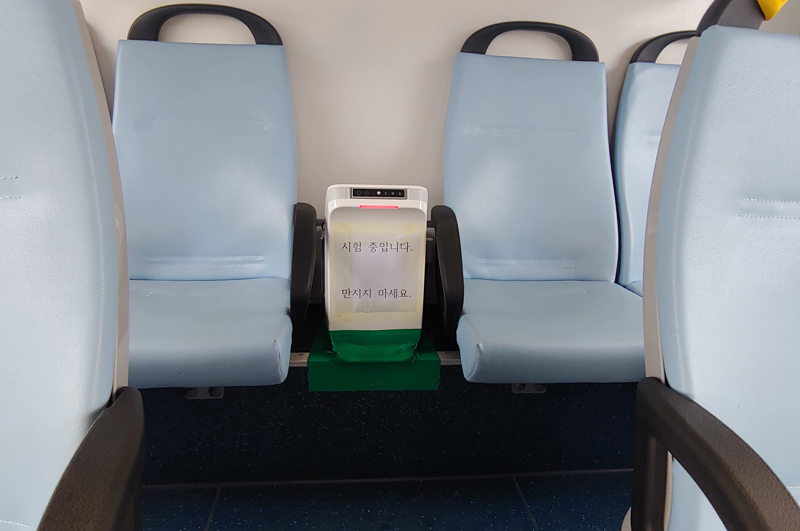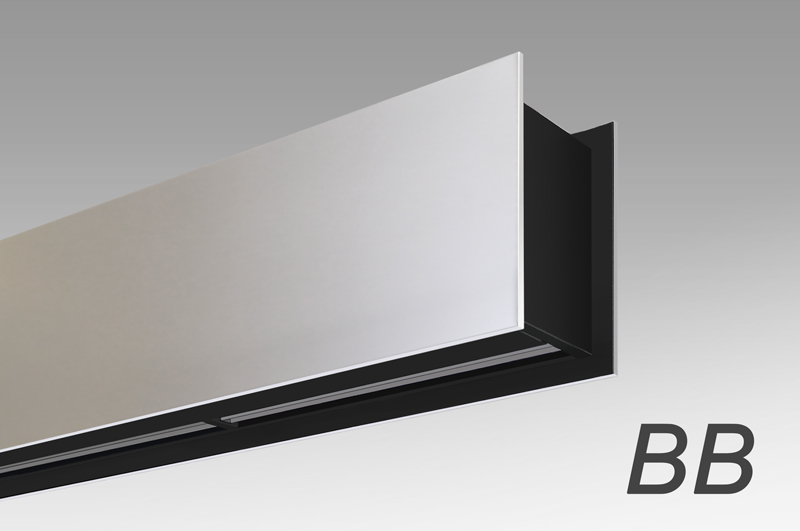Wellisair protects the students of the Castellar High School
Students and teaching staff at IES Castellar breathe more easily with the Wellisair devices installed in their classrooms. The generous donation by the Teatreneu in Barcelona -which has also installed the devices in its own auditorium- consists of 50 Wellisair units, 50 peroxide cartridges and their corresponding anti-theft systems. In addition they covered the cost of the verification test and operation of the device.
Airtècnics' own air and surface disinfection devices are another element of the school that has seen the quality of indoor air improve by 54% since they were installed in classrooms, corridors, the hall and the teachers' room.

In a study supported by the UPC's Health and Environmental Microbiology Laboratory, carried out by researchers Esther Montesinos, Rubén Plaza and Sergi Díaz and approved by doctors Jordi Morató and Josep Garcia, samples were taken in three classrooms at the high school. Two of them had the Wellisair device and partial ventilation and the third had no disinfection device and was fully ventilated.
The samples were taken before classes began and, after two hours of class, every half hour over a period of two hours. They were taken with test strips on the surface of walls, desks and door knobs and with an environmental quality meter for the air in the classroom.
The air was tested for formaldehydes, volatile organic compounds, CO2, ozone and ions, as well as surface bacteria in a microbiological study. And it was determined that after the installation of the devices, the contaminating compounds and bacteria were reduced by 50% compared to the classroom without Wellisair and total ventilation, where the environmental contamination dropped by 19% and the presence of bacteria increased by 15%.
Regarding the amount of CO2 present in the classrooms, with Wellisair and partial ventilation, the level of carbon dioxide was 793 ppm. With regard to the fully-ventilated classroom, the CO2 was 1367 ppm, so natural ventilation had to be increased by opening not only windows but also the door. The acceptable environmental quality establishes that the presence of carbon dioxide should not exceed 800 ppm.
Works as Nature
In a classroom open to the countryside, the oxidation is the same as in the classroom with Wellisair. The oxidizing component emitted by the Wellisair device is identical to that generated in nature. They are the same hydroxyl (OH-) radicals, i.e. oxygenated water with a controlled amount of ozone generated inside the device, which is not emitted to the outside.
However, the stable and constant generation of OH- in a classroom with Wellisair offers better results than a classroom open to the countryside because the hydroxyl radicals are emitted from the beginning and even though it is a natural environment, there are other factors such as pollution and the human presence itself.
From the Castellar Institute, its director Francesc Gallardo explains that the educational community is quite receptive to the installation, as "anything that can be used as a barrier to transmission is welcome" and that "without a doubt" the results are as expected.
In addition to all this, the rate of transmission of COVID-19 within the school between students and teachers is 0%. And although there has been confinement of a classroom since October, it has been by positive outside the school: the family member living with a student.
Related news:







